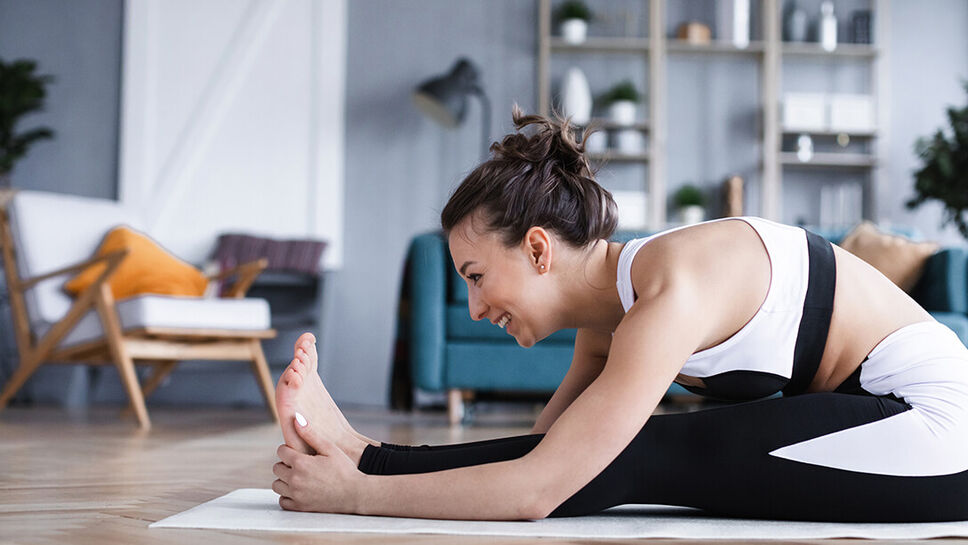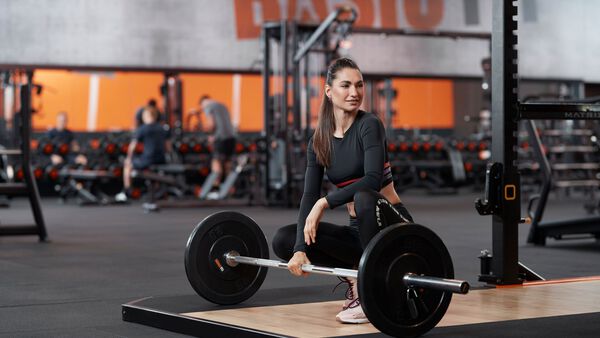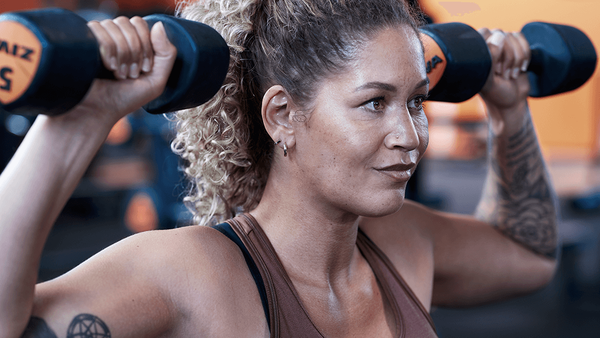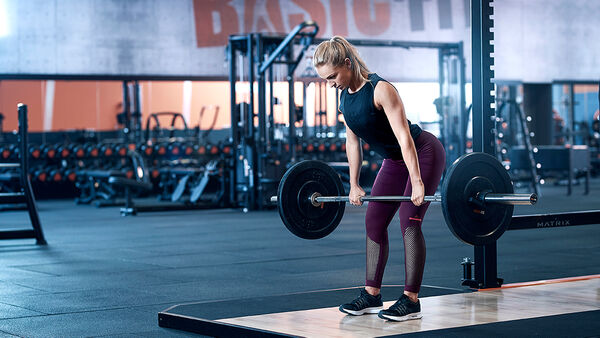Static stretching exercises
The name says it all: with this type of stretching you don’t move. Legs or arms remain in a fixed position, while the muscles are stretched by the tension of the position you hold for 15 to 30 seconds. A warning to the highly motivated amongst you: Never exceed your pain threshold! The position may be a little uncomfortable but it should never hurt or make breathing difficult. If you push too hard, you risk tearing a muscle. And we don’t want that to happen.
An example of a static hamstring stretch: Lie down on the floor on your back with one leg raised, pull your toes down with a ribbon placed around your foot. Try it and you’ll feel the tension in the back of your thighs.
Dynamic stretching exercises
Dynamic stretching consists of gradually increasing the tension in the muscles through elastic movements. An example is what sprinters tend to do before a race, when they touch their bent toes whilst leaning forward. This is where you have to be very careful in not forcing the movement too much. Because if you stretch too intensely you can suffer an injury or get a cramp.
Should you stretch statically or dynamically?
Opinions differ, but most experts agree on a number of things. Static stretching before a workout can backfire. This is because it lowers muscle tension and if you do strength training right after you stretch, you are subjecting your muscles to a very abrupt change. This is because with most strength exercises the muscles need to be flexed. However, smooth movements help to improve blood flow, which is very useful before training. An example, is to swing your legs back and forth, or to loosen your hips.
It’s also a good idea to do some dynamic stretching during training. For example: To avoid muscle stiffness before doing leg presses, it’s very useful to do the elastic movements that we described previously with the example of the sprinters.
Stretching after training usually feels great. But recent research has shown that intense stretching is not advisable. It’s better if you lower the pace of the training little by little. For example, if you’re running, then walk fast for a couple of minutes before stopping. When you’re finished, make sure you’re dressed warm to stop you getting cold. Then you can start with the static stretching exercises. When you’ve finished stretching, we recommend that you take a warm shower, hydrate yourself and eat a meal rich in protein. That way you provide your body with the ideal conditions for its recovery - just as elite athletes do.
Tips and tricks:
- We do not recommend doing static stretches before a workout.
- Loosening legs and arms with gentle movements and loosening your hips is the best way to prepare for a workout.
- Always do stretching exercises in a controlled way and without pain.
- Remember that you may have to dress differently for the stretching than for the training.
- If you do a long stretching session (for example, during a yoga class), make sure you drink enough water (1-1.5 litres).
This blog is written by one of our Personal Trainers, Angelina Hammond.





